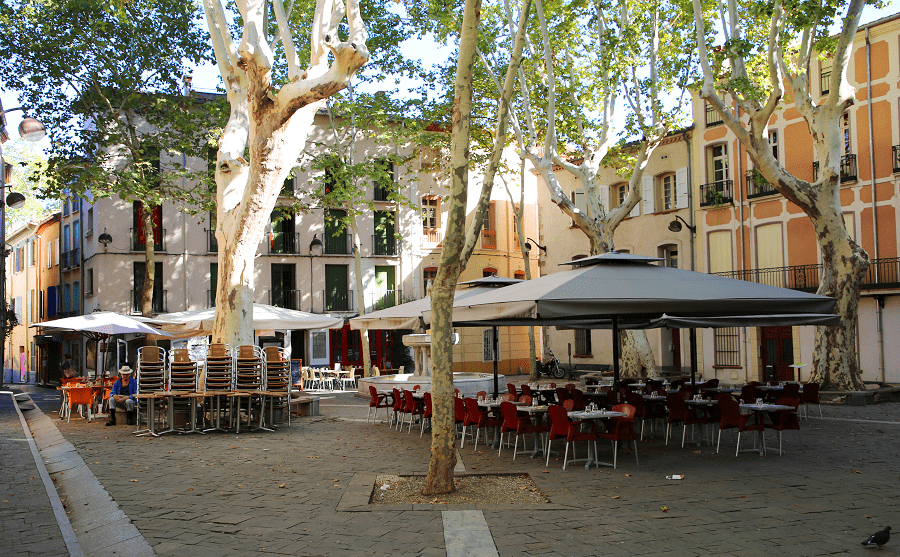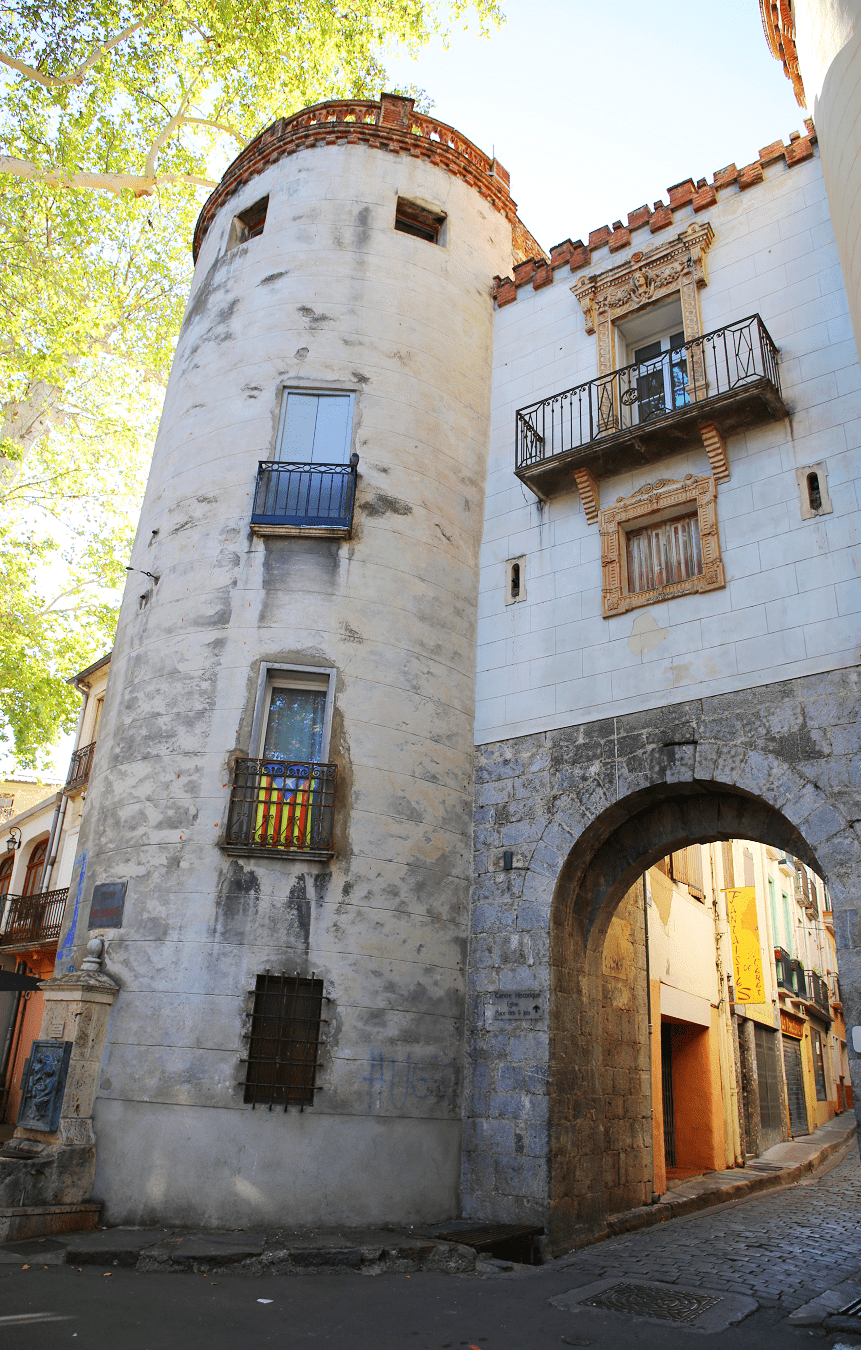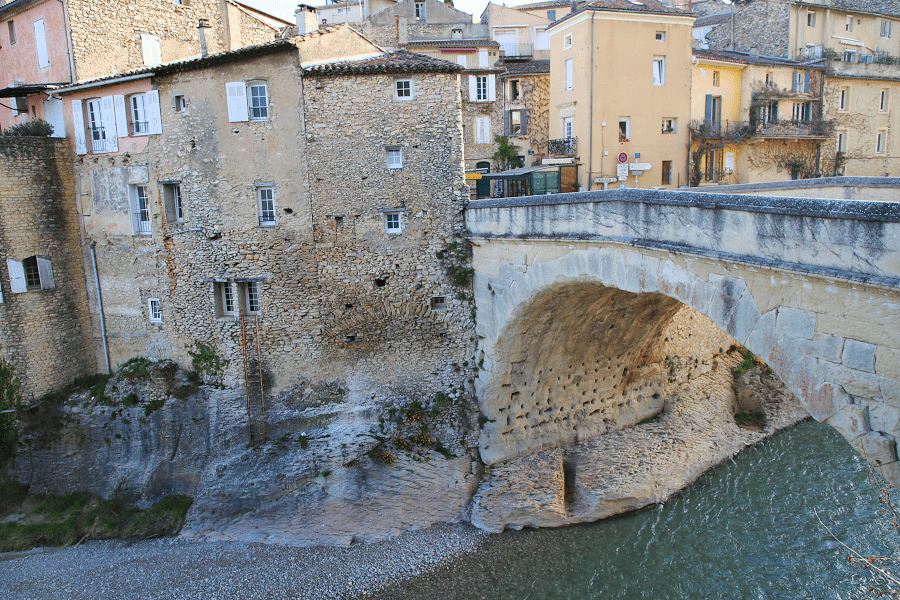Céret is a commune of around 8,000 inhabitants located in the south of Occitania (France, Pyrenees). It is one of the sub-prefectures of the Pyrénées-Orientales department.
Historically and culturally, the commune is in Vallespir, a former viscounty (included in the Middle Ages in the viscounty of Castelnou) attached to France by the Treaty of the Pyrenees (1659) and approximately corresponding to the Tech valley, of its source as far as Céret.
Exposed to an altered oceanic climate, it is drained by the Tech, the Riucerda and the Vaillère rivers, among other small rivers. The town has a remarkable natural heritage: a Natura 2000 site (“the Tech”) and four natural areas of ecological, fauna and flora interest.
Known for its Museum of Modern Art, its cherries and its bullfighting tradition, the city, whose first mention is in 814, was a place of negotiation of the Treaty of the Pyrenees (1659).
Main attractions
The Pont du Diable (Devil’s Bridge) is a single arch stone bridge built between 1321 and 1341. With a single span of 45.45 m, it was at the time of its construction the world’s largest arch bridge in terms of span length and remained so until 1356.
The church of Saint Peter is the main church in Céret and was built from the 11th to the 18th centuries.
The Château d’Aubiry is an Art Nouveau style château from the end of the 19th century built by rolling paper magnate Pierre Bardou-Job.
The War memorial was sculpted by Aristide Maillol and inaugurated in 1922.
Museums
Céret is famous for its Musée d’Art Moderne (Museum of Modern Art), which has numerous Picasso paintings, sculptures and ceramics, including the famous bullfighting bowl series. The museum also features paintings by Chagall, Matisse, Herbin, Soutine, many Fauves and a few Impressionists. The top floor of the Museum hosts touring exhibitions. The museum is closed on Tuesdays.
The Museum of Musical Instruments, Céret opened in May 2013 and is hosting a unique collection of instruments and musical scores.
Traditions
Céret holds an annual festival for the corridas which run during three days. The first bullfighting with killing of the bull occurred in Céret in 1894 and has been a tradition ever since.
Céret regularly holds communal dances, where local amateurs or professionals dance in a ring. The dance is known as the sardana.
The region around Céret is a major fruit producer, in particular famed for its cherries. In France since the 1920s, the first cherries of the season always come in march from the region of Céret, where the local producers always send, as a tradition since 1932, the first crate of cherries to the French president of the Republic.
Restaurants
There is 1 Michelin list restaurant in the city: L’Atelier de Fred, 12 rue Saint-Férreol, Céret, 66400, France, Regional Cuisine.
How to get to?
From Paris: 8 hr 42 min (877 km) via A71 and A75
From Toulouse: 2 hr 28 min (233 km) via A61 and A9
From Carcassonne: 1 hr 38 min (142 km) via A61 and A9
From Perpignan: 37 min (29.6 km) via D900
From Narbonne: 1 hr 10 min (92.4 km) via A9
From Andorra: 3 hr 11 min (194 km) via N116
From Barcelona: 2 hr 3 min (178 km) via AP-7
From Madrid: 7 hr 55 min (783 km) via A-2, AP-2 and AP-7
From Monaco: 5 hr 15 min (524 km) via A8 and A9
From Moscow: 37 hr (3,453 km) via E30/M1
From Belgrade: 18 hr 36 min (1,830 km) via E70
From Istanbul: 30 hr (2,781 km) via E70
From Bern: 8 hr (783 km) via A9
Main information
Area: 11,65 km2
Population: 6 049
Coordinates: 42°47′21″N 3°02′11″E
Language: Catalan, French
Currency: Euro
Visa: Schengen
Time: Central European UTC +1


















